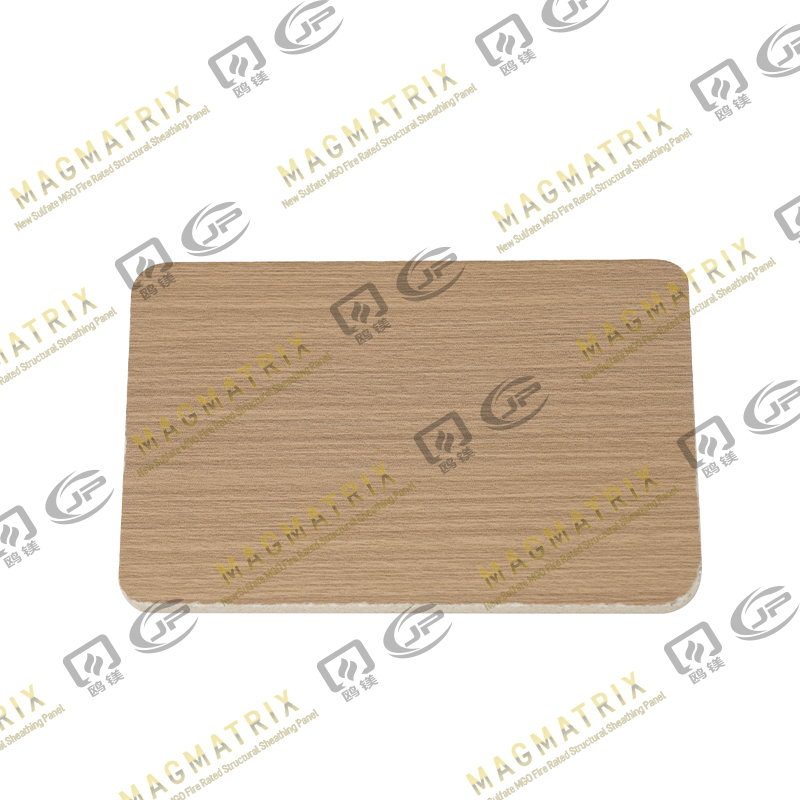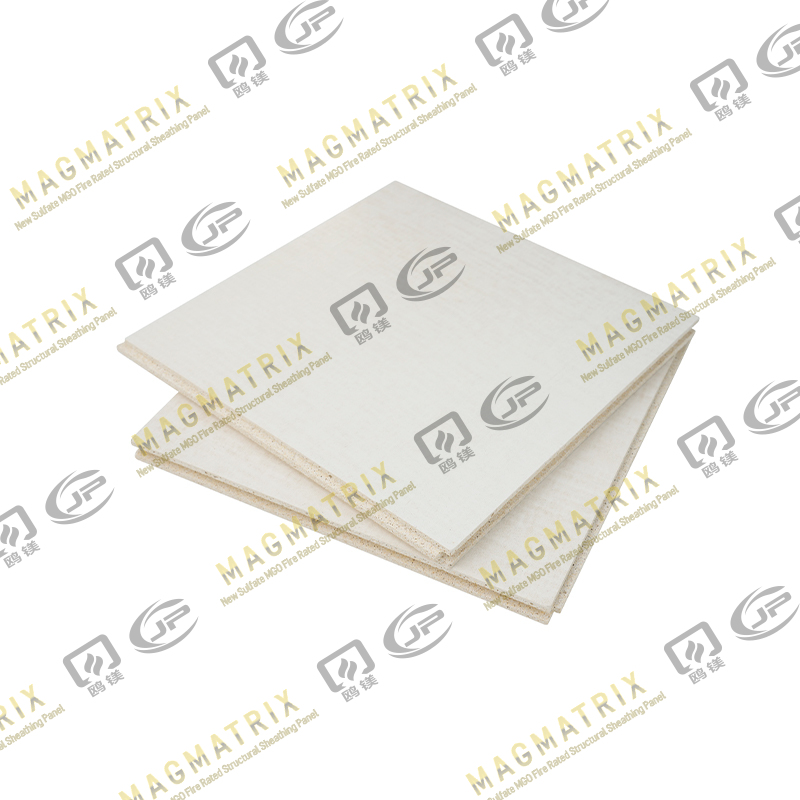Key Takeaways
- Superior Fire Resistance: MGO board is non-combustible and has a high fire rating, significantly enhancing building safety compared to wood-based products.
- Ultimate Durability: It offers exceptional strength and dimensional stability, resisting moisture, impact, and warping, ensuring a long-lasting and robust subfloor.
- Health and Environment: Naturally resistant to mold, mildew, and pests, MGO board provides a healthier indoor environment and is manufactured with environmentally friendly processes.
- Easy to Work With: Despite its strength, MGO board can be cut and installed with standard tools, making it a practical and efficient choice for new construction and renovation projects.
MGO Board Overview
What Is MGO Board?
MGO board is a type of mineral-based building material made from a combination of magnesium oxide (MgO) powder, magnesium chloride (MgCl2), and water. These raw materials are mixed together and then reinforced with fiberglass mesh and wood fibers to create a strong, durable, and versatile board. The manufacturing process involves a simple reaction that results in a stable and environmentally friendly product. Unlike traditional drywall or cement board, MGO board is lightweight yet incredibly strong, offering a unique blend of properties that make it suitable for a wide range of applications, including floor sheathing, wall panels, and even exterior siding. Its non-toxic, non-combustible nature sets it apart as a safer and more sustainable choice.
Key Properties
MGO board’s unique composition gives it a distinct set of properties that make it an excellent choice for modern construction. Its high-density core provides exceptional strength, while its non-toxic ingredients ensure a healthier living space.
| Property |
Description |
| Fire Resistance |
Non-combustible, with a Class A fire rating (ASTM E84), it will not burn or release smoke, offering superior fire protection. |
| Water & Moisture Resistance |
Highly resistant to water damage, mold, and mildew, making it ideal for wet areas like bathrooms and kitchens. |
| Dimensional Stability |
MGO board does not expand or contract with changes in temperature or humidity, preventing warping and cracking. |
| Impact Resistance |
The board’s hard, dense surface is highly resistant to dents and damage from heavy objects. |
| Sound Insulation |
Its dense composition provides excellent acoustic dampening, reducing noise transmission between floors. |
| Pest Resistance |
MGO board is inorganic and contains no cellulose, making it unappealing to termites and other pests. |

Safety Benefits
Fire Resistance
One of the most significant advantages of using MGO board for floor sheathing is its superior fire resistance. Unlike wood-based products such as plywood and OSB, which are highly combustible, MGO board is completely non-combustible. It has a Class A fire rating (ASTM E84), the highest rating available for building materials. In the event of a fire, MGO board will not ignite, burn, or contribute to the spread of flames. Furthermore, it does not emit any toxic smoke or fumes when exposed to heat, providing crucial extra time for occupants to evacuate safely. This enhanced fire safety is a critical factor for both residential and commercial buildings, offering a higher level of protection for people and property.
Mold & Pest Resistance
MGO board’s mineral-based composition makes it naturally resistant to mold, mildew, and pests. Since it contains no organic material (like cellulose), it does not provide a food source for mold spores to grow. This makes it an excellent choice for damp or humid environments, such as basements, bathrooms, and laundry rooms, where moisture is a concern. Additionally, the inorganic nature of MGO board makes it unappealing and inedible to pests like termites and carpenter ants. By eliminating the food source that these pests rely on, MGO board helps to protect the structural integrity of your home and reduces the need for chemical treatments.
Health & Environment
MGO board is a remarkably healthy and environmentally friendly building material. It is manufactured without the use of harmful chemicals like formaldehyde, asbestos, or crystalline silica, which are often found in other building products. This non-toxic composition ensures that MGO board does not off-gas volatile organic compounds (VOCs), contributing to better indoor air quality. From an environmental perspective, MGO board is a sustainable choice. The raw materials used in its production are readily available and the manufacturing process has a lower carbon footprint compared to cement-based products. MGO board can also be recycled or safely disposed of without harming the environment.
| Safety Feature |
MGO Board |
Plywood/OSB |
| Fire Rating |
Class A (Non-combustible) |
Highly combustible |
| Mold Resistance |
Excellent (Inorganic) |
Poor (Prone to mold growth) |
| Pest Resistance |
Excellent (No food source) |
Poor (Food source for termites, etc.) |
| Toxic Fumes |
None |
Can release toxic fumes when burning |
| VOCs |
Zero |
Can contain formaldehyde and other VOCs |
Strength & Durability
Load-Bearing
MGO board is engineered for exceptional strength and load-bearing capacity, making it a reliable choice for floor sheathing. Its high-density, crystalline structure allows it to withstand significant weight and pressure without cracking or bending. The board’s structural integrity is superior to that of wood-based products, offering a solid and stable subfloor. When installed correctly, MGO board provides a firm foundation for various types of finished flooring, including tile, hardwood, and carpet, ensuring they remain level and secure for years to come. This makes it a preferred material for high-traffic areas and spaces where heavy furniture or equipment will be placed.
Moisture Resistance
One of MGO board’s most significant advantages is its outstanding moisture resistance. Unlike plywood and OSB, which can swell, delaminate, or rot when exposed to water, MGO board maintains its dimensional stability even in wet conditions. Its mineral-based composition does not absorb water, preventing it from warping or deteriorating. This makes it an ideal material for applications in moisture-prone areas like kitchens, bathrooms, basements, and laundry rooms. The inherent moisture resistance also prevents the growth of mold and mildew, further contributing to a healthier and more durable floor system.
Impact & Longevity
MGO board is incredibly durable and resistant to impact, ensuring a long service life. Its hard, dense surface can withstand heavy foot traffic, dropped objects, and other impacts without showing dents or damage. This durability means that MGO board subfloors are less likely to require repairs or replacement over time. The material’s resistance to fire, moisture, and pests also contributes to its longevity, as it is not susceptible to the common causes of deterioration that affect traditional wood-based products. When you choose MGO board for your floor sheathing, you are investing in a robust, long-lasting solution that will maintain its performance and appearance for decades.
| Durability Feature |
MGO Board |
Plywood/OSB |
| Structural Strength |
High load-bearing capacity; dimensionally stable |
Lower; prone to warping and bending |
| Moisture Resistance |
Excellent; does not swell or warp |
Poor; susceptible to water damage and rot |
| Impact Resistance |
High; resists dents and damage |
Lower; can dent or splinter |
| Longevity |
Excellent; resistant to fire, moisture, and pests |
Fair; susceptible to degradation over time |

MGO Board vs. Traditional Materials
Plywood Comparison
Plywood has long been the standard for floor sheathing, valued for its strength and relatively low cost. However, MGO board presents a compelling alternative with several key advantages. While plywood is a wood-based product that is susceptible to moisture damage, rot, and pest infestation, MGO board is inorganic and completely resistant to these issues. Plywood is also combustible and can fuel a fire, whereas MGO board is non-combustible with a Class A fire rating, offering superior safety. MGO board’s dimensional stability surpasses plywood, as it won’t expand or contract with changes in humidity, preventing warping and creating a more stable subfloor.
OSB Comparison
Oriented Strand Board (OSB) is a popular, cost-effective alternative to plywood, but it shares many of the same drawbacks. OSB is made from compressed wood strands and is highly vulnerable to moisture, which can cause it to swell and lose its structural integrity. MGO board, on the other hand, is completely water-resistant, making it a much better choice for areas with high humidity or a risk of water exposure. Furthermore, OSB often contains formaldehyde and other volatile organic compounds (VOCs), which can negatively impact indoor air quality. MGO board is free of these harmful chemicals, providing a healthier and more environmentally friendly option.
Performance Summary
When comparing MGO board to traditional materials like plywood and OSB, the differences in performance are clear. MGO board excels in critical areas such as fire safety, moisture resistance, and overall durability. Its unique composition makes it a superior choice for creating a safer, stronger, and more resilient floor system. While the initial cost of MGO board may be slightly higher than traditional materials, its long-term benefits—including reduced maintenance, enhanced safety, and greater longevity—make it a more cost-effective and valuable investment in the long run.
| Feature |
MGO Board |
Plywood |
OSB |
| Fire Resistance |
Class A (Non-combustible) |
Combustible |
Combustible |
| Moisture Resistance |
Excellent |
Poor (Prone to swelling and rot) |
Poor (Prone to swelling and delamination) |
| Dimensional Stability |
Excellent (No warping) |
Fair (Can warp with moisture) |
Poor (Highly susceptible to warping) |
| Pest Resistance |
Excellent (Inorganic) |
Poor (Susceptible to termites) |
Poor (Susceptible to pests) |
| Health & Environment |
Non-toxic, zero VOCs |
Can contain formaldehyde |
Can contain formaldehyde |
| Load-Bearing |
Excellent |
Good |
Good |
| Longevity |
Excellent |
Fair |
Fair |
Applications & Installation
Best Uses
MGO board’s unique properties make it an excellent material for a wide range of applications, particularly for floor sheathing. It is the ideal choice for subfloors in new construction and renovation projects, providing a solid, stable, and safe foundation. Its moisture resistance makes it perfect for use in bathrooms, kitchens, and basements, where it can protect against water damage and prevent mold growth. Due to its high load-bearing capacity and impact resistance, MGO board is also well-suited for commercial and high-traffic areas. Beyond floor sheathing, it is also widely used for wall sheathing, exterior siding, and as a backer board for tiles. Its versatility and superior performance make it a go-to material for builders and homeowners seeking a durable and long-lasting solution.
Installation Tips
Installing MGO board is a straightforward process that can be completed with standard tools, but a few key tips can ensure a successful and durable result.
- Cutting: Use a carbide-tipped saw blade or a diamond blade for best results. A scoring knife can also be used for straight cuts.
- Fastening: MGO board can be fastened with self-tapping screws or ring-shank nails. Space fasteners every 6 inches along the edges and every 12 inches in the field of the board.
- Joints: Leave a small gap (⅛ inch) between boards to allow for minor expansion and contraction, which can be filled with a flexible sealant.
- Acclimation: Allow the boards to acclimate to the ambient temperature and humidity of the installation area for at least 48 hours before installation.
- Handling: While MGO board is strong, it is also heavy. Use proper lifting techniques and consider using two people to handle larger sheets.
| Application |
Description |
| Floor Sheathing |
Provides a solid, fire-resistant, and moisture-proof subfloor for all types of finished flooring. |
| Wall Sheathing |
Used for interior and exterior walls, offering excellent fire resistance and durability. |
| Exterior Siding |
A durable, weather-resistant option that resists pests and decay. |
| Backer Board |
The ideal substrate for tile installations in wet areas like showers and kitchens. |
| Fireproof Barriers |
Used in commercial buildings to create fire-rated walls and ceilings. |
FAQ
What tools do you need to cut MGO Board?
MGO board can be cut using a variety of standard tools. For straight cuts, a circular saw with a carbide-tipped blade or a diamond blade is recommended. A scoring knife can also be used for quick, straight cuts, similar to how one would cut drywall. For more intricate shapes or curves, a jigsaw with a carbide or diamond blade will work effectively. Always wear a dust mask and safety glasses when cutting MGO board, as the dust can be an irritant.
Can you install MGO Board over old flooring?
Yes, MGO board can often be installed over old flooring, provided the existing surface is clean, dry, and structurally sound. It is crucial to ensure the old flooring is level and free of any loose parts. The added layer of MGO board will provide a flat, stable, and moisture-resistant surface, which is ideal for new tile, hardwood, or other types of finished flooring. However, it’s always best to consult with a professional to assess your specific situation and ensure proper installation.
Is MGO Board safe for people with allergies?
Yes, MGO board is an excellent choice for people with allergies. It is made from inorganic materials and contains no cellulose, which means it will not provide a food source for mold, mildew, or dust mites. It is also manufactured without the use of formaldehyde, asbestos, or other harmful chemicals, ensuring it does not off-gas volatile organic compounds (VOCs). This makes MGO board a hypoallergenic and healthy choice for improving indoor air quality.
How long does MGO Board last in wet areas?
MGO board has an exceptional lifespan, especially in wet areas. Its mineral-based composition makes it highly resistant to water damage, mold, and rot. Unlike wood-based products that can deteriorate quickly when exposed to moisture, MGO board maintains its structural integrity and performance over the long term. When properly installed and sealed, MGO board can last for decades, providing a durable and maintenance-free solution for kitchens, bathrooms, and other moisture-prone environments.
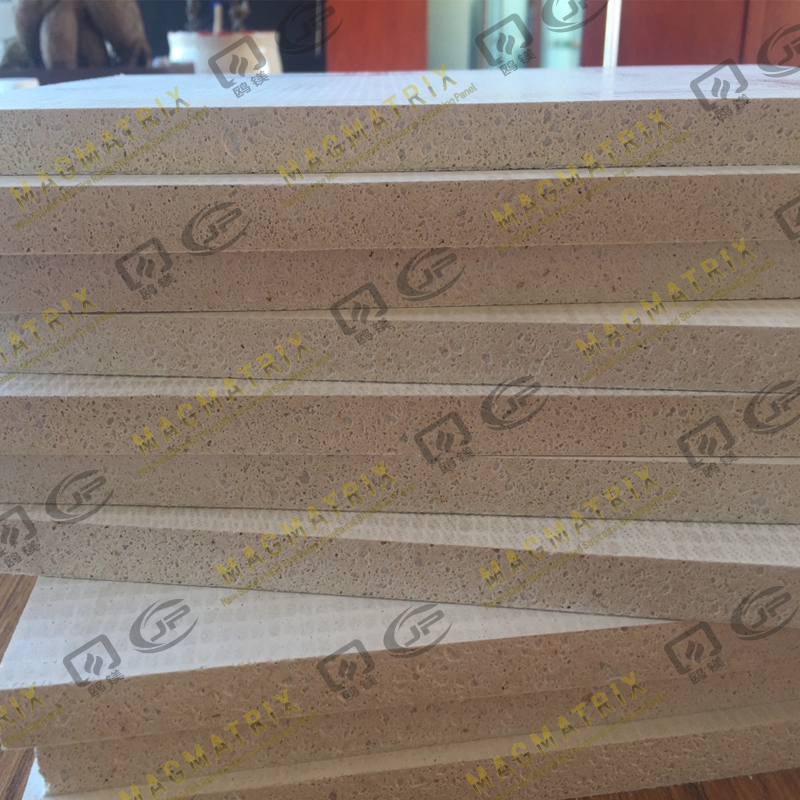 BMSC 517 New Sulfate MgO Board
BMSC 517 New Sulfate MgO Board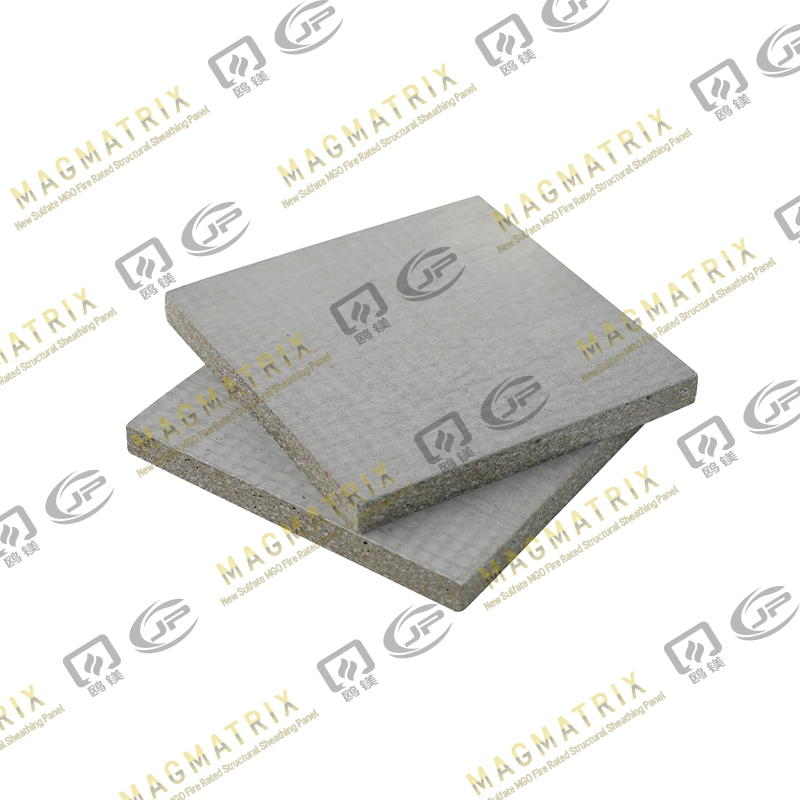 Multi-Support MgO Wall Sheathing Board
Multi-Support MgO Wall Sheathing Board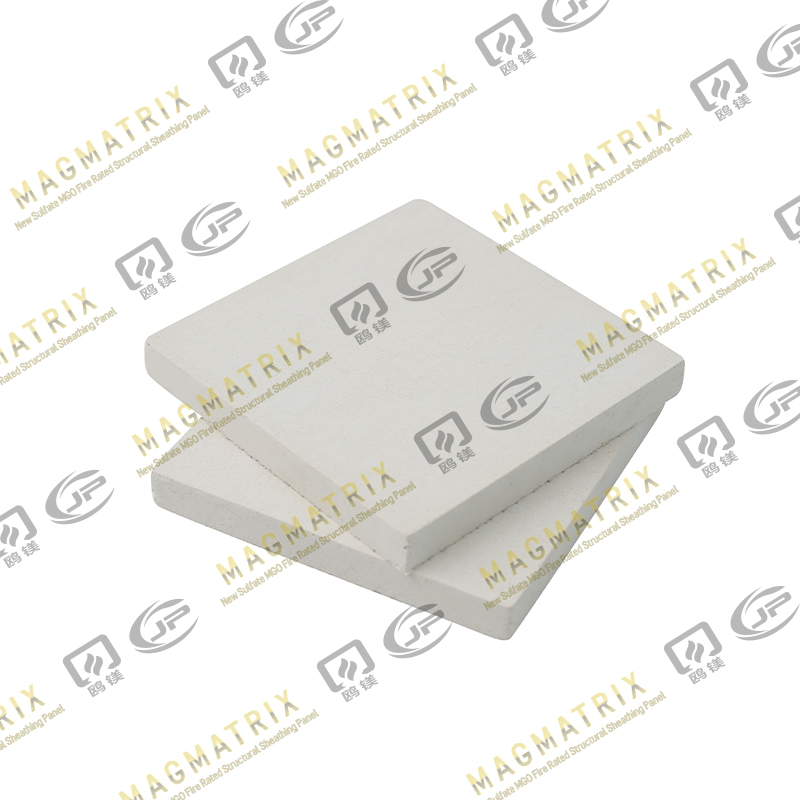 Perseverance MgO Wall Sheathing Board
Perseverance MgO Wall Sheathing Board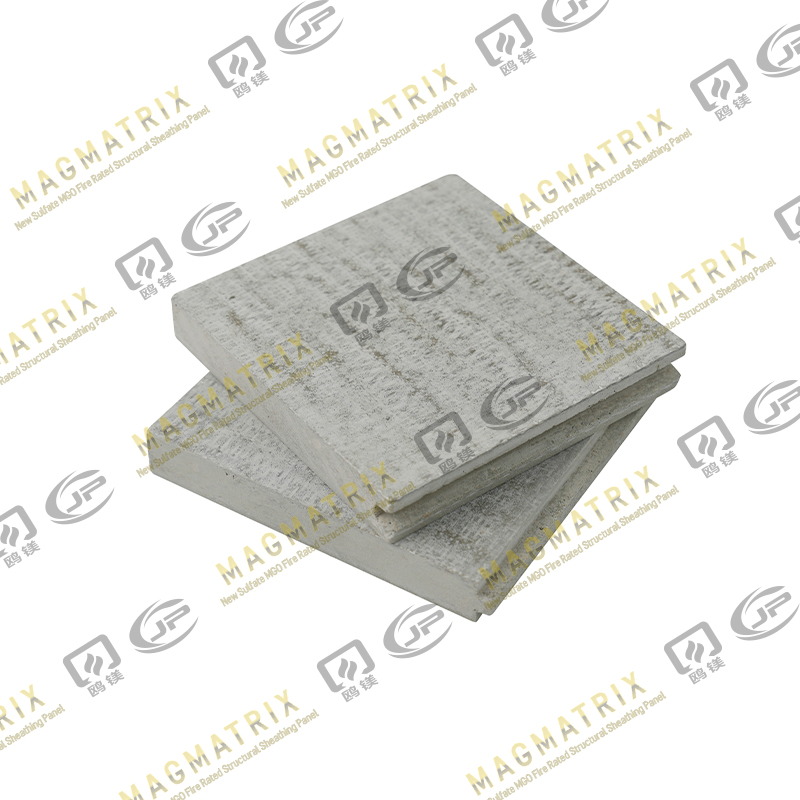 Multi-Support MgO Subfloor Sheathing Board
Multi-Support MgO Subfloor Sheathing Board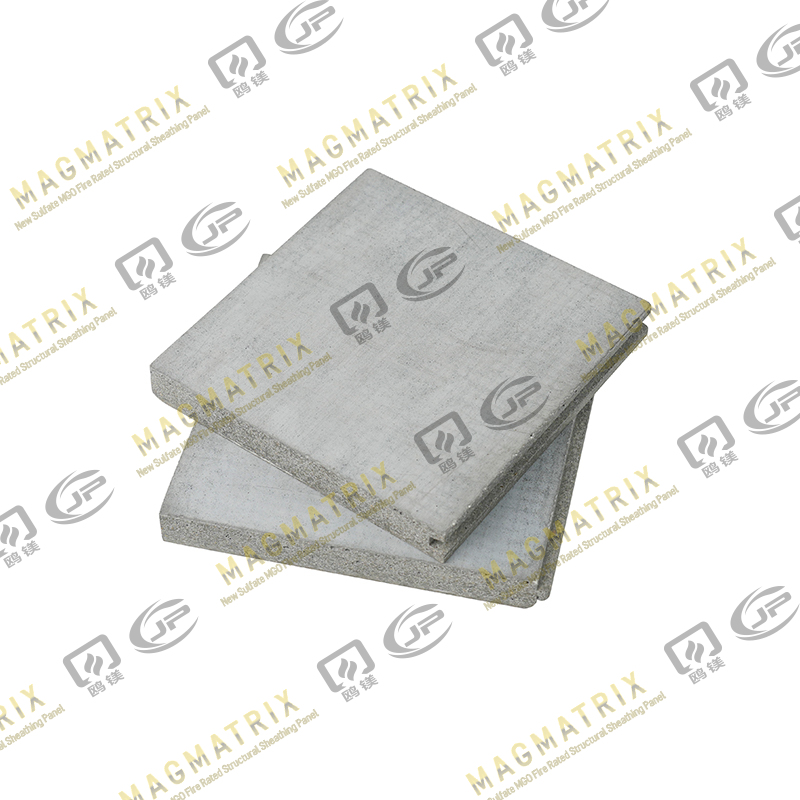 Perseverance MgO Subfloor Sheathing Board
Perseverance MgO Subfloor Sheathing Board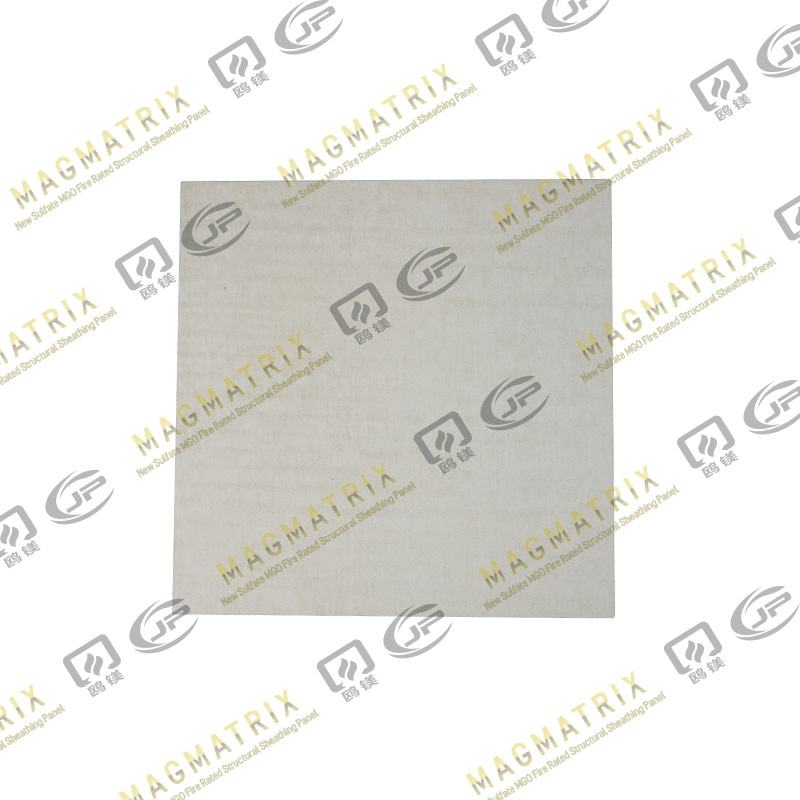 MagMatrix MgO Underlayment Panel/board
MagMatrix MgO Underlayment Panel/board


 English
English русский
русский Español
Español
